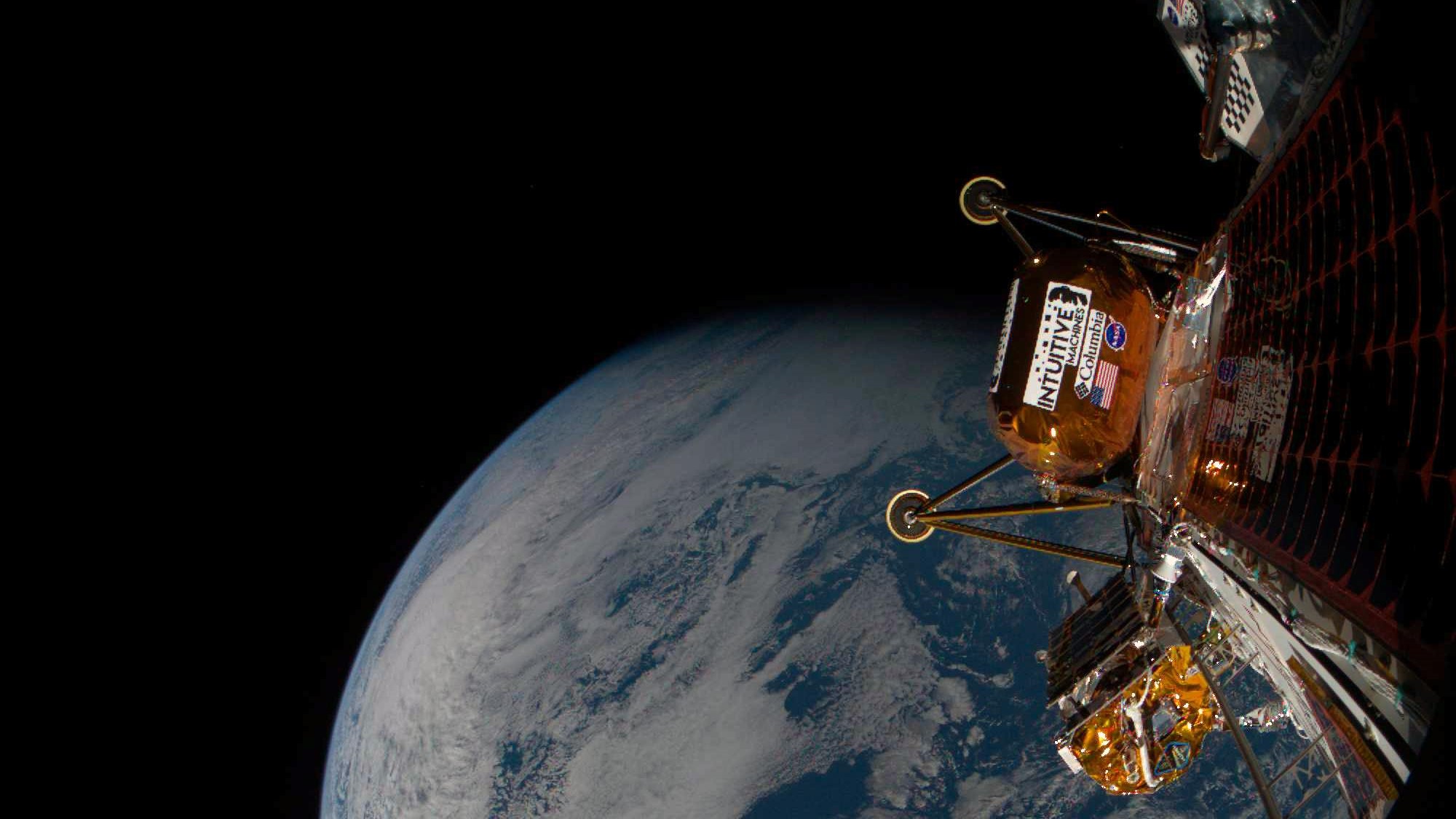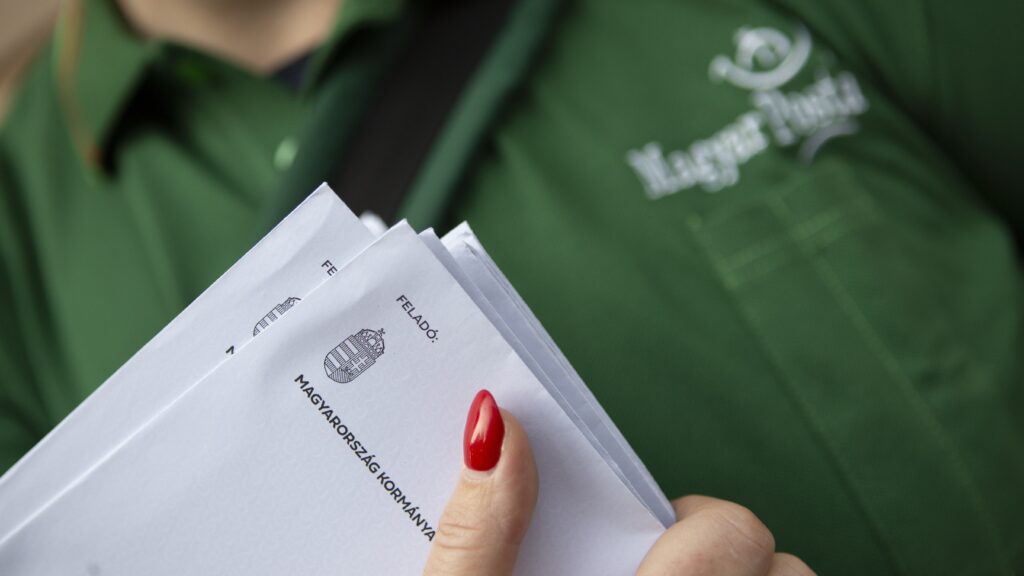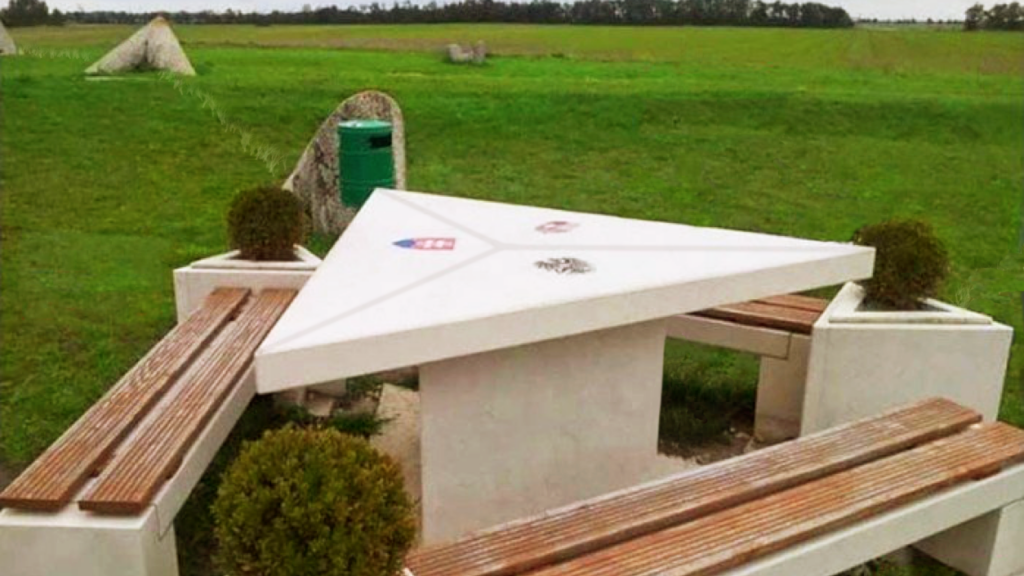In a milestone for Hungarian space technology, the nation’s first scientific instrument has arrived on the lunar surface. The device, designed to search for signs of subsurface water ice, landed near the Moon’s south pole aboard the Athena lander, a Nova-C type spacecraft developed by the American company Intuitive Machines. The landing occurred at approximately 18:32 CET, though the precise condition and orientation of the lander remain unclear. Encouragingly, its solar panels are generating power, signalling operational potential.
Just days prior another American lunar probe, Firefly Aerospace’s Blue Ghost, successfully landed on the Moon, highlighting a new era of intensified lunar activity.
Hungary’s contribution to this historic venture comes from Puli Space Technologies, whose innovative Puli Lunar Water Snooper is aboard the mission. Mounted on a small, mobile probe called Grace (also known as the Micro Nova Hopper), this lightweight device—measuring roughly 400 grams—was engineered to detect traces of water ice beneath the lunar surface, particularly near Mons Mouton, the Moon’s tallest mountain. Thanks to its unique hopping mechanism, Grace is capable of travelling several kilometres away from the initial landing site, vastly increasing the range of exploration.
The Athena lander represents Intuitive Machines’ second successful lunar mission within NASA’s Commercial Lunar Payload Services (CLPS) programme. Its predecessor, the Odysseus lander, made history last year by marking the United States’ return to the lunar surface after 51 years. Despite tipping over during its landing, Odysseus managed to transmit valuable images and data before the onset of the lunar night.
Puli Space Technologies
Várjuk a Holdat érést.
So far, the IM-2 mission appears to have proceeded smoothly, with Athena’s navigational systems performing as expected. After entering lunar orbit on 3 March, engineers carried out extensive system checks and calibrations. Video footage captured during the mission provides fresh insights into the lunar south pole region, a critical area for future exploration.
On the day of the landing, the spacecraft initiated its descent using its camera-based navigation system to identify a safe touchdown site. If the lander remains fully functional, Athena and its payloads are expected to operate for around ten days, until the arrival of the prolonged lunar night.
The Puli Space water detection device was developed under a contract with NASA, which provided 225,000 dollars in funding to support its creation. This detector employs a groundbreaking technology never before used to search for water ice on the Moon. While similar instruments typically cost 1.2 million to transport to the Moon, the Water Snooper secured its place aboard the mission free of charge.
‘The device will help determine the amount of water ice present within the lunar regolith and assist in mapping permanently shadowed regions’
According to Intuitive Machines, the device will help determine the amount of water ice present within the lunar regolith and assist in mapping permanently shadowed regions. Hungarian experts will analyze the data, which will then be shared with the European Space Agency (ESA) under a pioneering agreement. Looking ahead, Puli Space aspires to specialize in lunar data services and still holds ambitions to land a rover on the Moon.
Athena also carries NASA’s PRIME-1 drill, designed to bore one metre into the lunar surface to search for water ice and other volatile compounds such as carbon dioxide and ammonia. Once the sample is extracted, the MSolo mass spectrometer will analyze the released gases to gain insights into the Moon’s composition. Additionally, Athena is equipped with a laser reflector to aid in pinpointing the lander’s precise location, which could play a crucial role in supporting future lunar landings.
Complementing the hopping probe, the Athena lander is also transporting a rover named MAPP (Mobility for Space Exploration), developed by the American company Lunar Outpost. This groundbreaking vehicle is the first rover to approach the Moon’s south pole and the first wheeled probe designed by a private enterprise to operate on another celestial body.
With these ambitious missions, Hungary has made a remarkable entry into lunar exploration, contributing cutting-edge technology to the quest for knowledge and the potential utilization of extraterrestrial resources.
Related articles:








